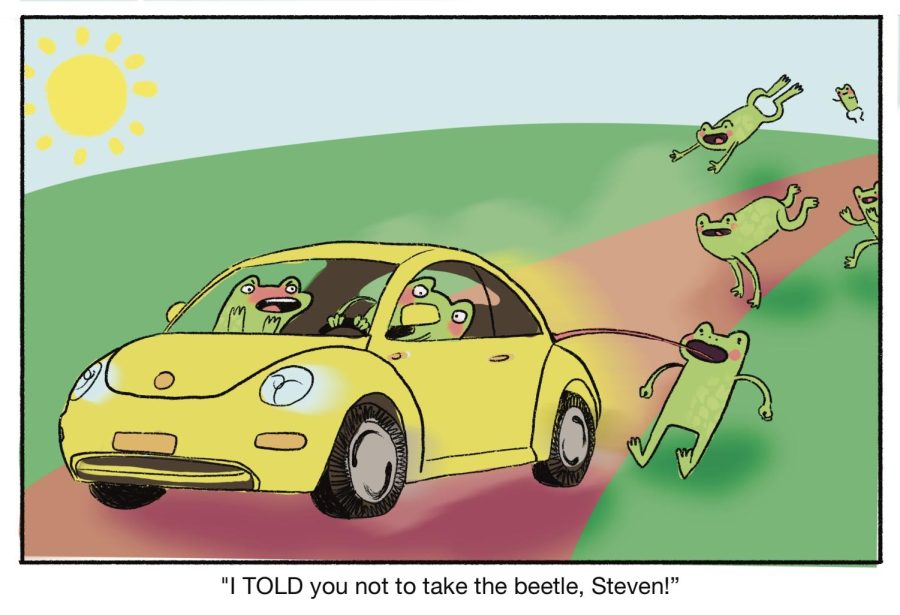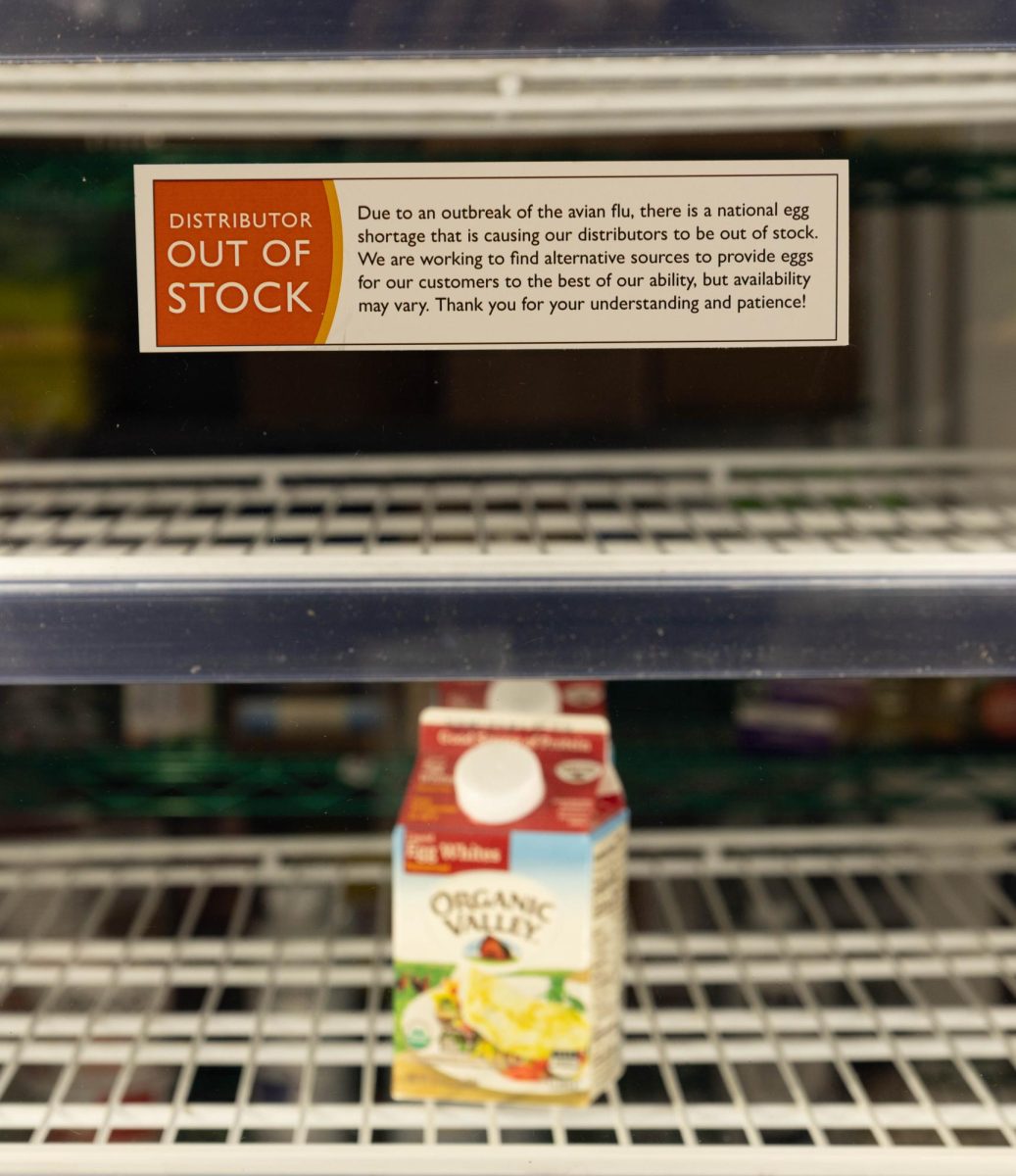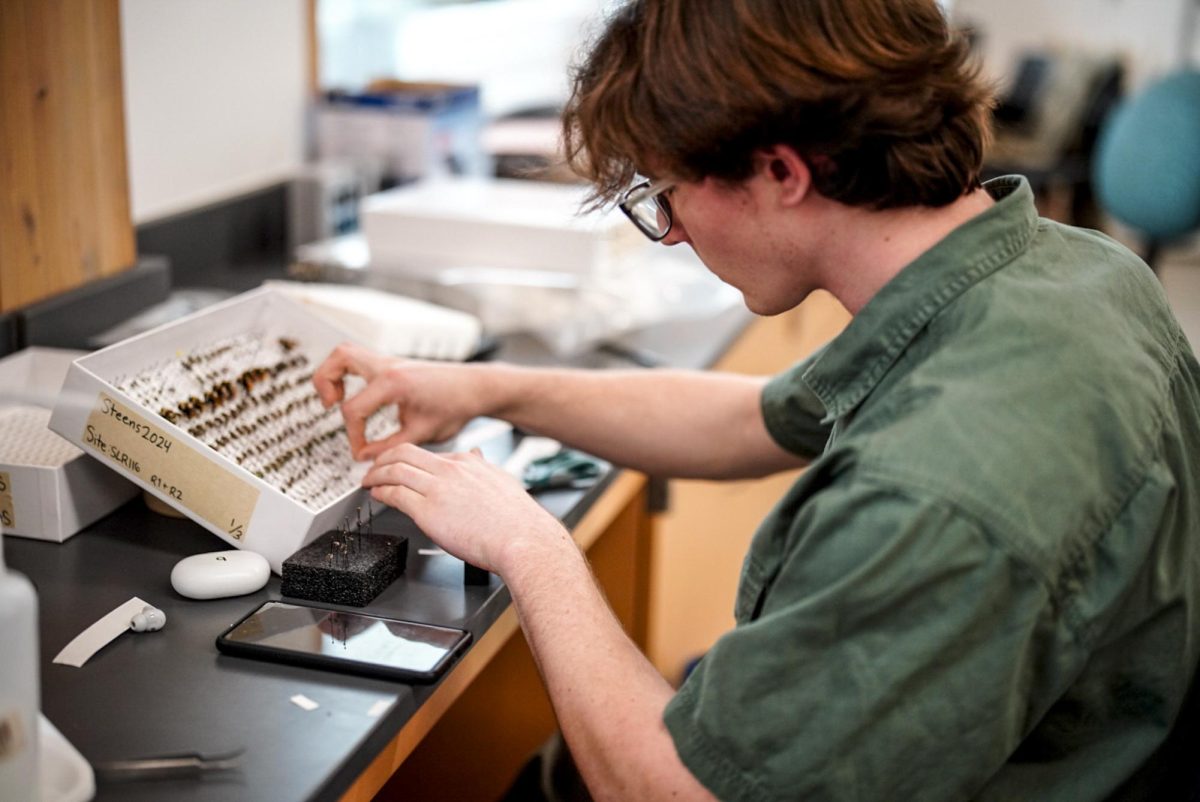Two Multnomah County cats were recently diagnosed with avian influenza by Oregon State University’s Oregon Veterinary Diagnostic Laboratory after consuming the same brand of raw cat food.
Since it became a global concern in 2022, avian influenza—colloquially known as bird flu—has touched down in all fifty states, causing concern for farmers and pet owners alike. In a Feb. 13 press release, the Oregon Department of Agriculture reported the cats, who came from two different households, were subsequently euthanized “due to the severity of the illness.”
The OVDL, located on OSU’s Corvallis campus, is the only laboratory in the state authorized to test for bird flu, according to Kurt Williams, the director of the lab.
Williams said the lab performs tests daily, estimating they have carried out “tens of thousands” of tests in the past three years.
“It’s exhausting,” said Williams. “I think a lot of us are worried about burnout.”
Animals can contract the disease when they come in contact with the saliva, nasal secretions, or excrement of infected birds. According to the U.S. Department of Agriculture, nearly a million birds in Oregon have been infected with bird flu thus far, including three commercial flocks and 45 backyard flocks.
According to the CDC, highly pathogenic avian influenza is fatal to chickens in 90-100% of cases. Ducks, on the other hand, can carry the virus without any symptoms.
April Winn raises chickens, ducks, turkeys, geese and quail, alongside other animals on her farm in Corvallis.
“When I see geese flying over, I always cringe,” Winn said in a phone call. “Besides our normal protocol of cleaning and detracting foreign birds, we are just crossing our fingers,” she said in an earlier email.
While bird flu has affected Winn Farms’ sales of meat and eggs “a little,” Winn said she has been “trying really hard not to let them.”
Dr. Melissa Sutton, the Oregon Health Authority medical director for respiratory viral pathogens, said the food chain is completely safe.
“If we know that an animal is infected, then its milk or its meat is diverted from the food chain,” she said. “In the case that something were to slip through, we know that pasteurization of dairy products kills the virus and we know that cooking of tainted meat similarly kills the virus.”
Sutton said that food safety procedures, like avoiding unpasteurized dairy products and cooking meat products to the proper temperature, can effectively kill the virus. Williams advises that these measures also be taken to protect cats.
Only 68 people in the U.S. have contracted bird flu, including one Oregon resident involved with a commercial poultry operation affected by a bird flu outbreak.
Nonetheless, people on social media have started to draw comparisons to the COVID-19 pandemic. However, Sutton assured that “avian influenza and COVID-19 have almost nothing in common.”
“So we’re really talking about apples—and I don’t even want to say oranges—I want to say, a very distantly related fruit that no one’s ever heard of,” she said.
The CDC’s Influenza Risk Assessment Tool said the current risk to public health is low, and the future risk of bird flu rising to pandemic levels is moderate.
Sutton recommended people visit the ODA’s Avian Influenza webpage to stay informed about bird flu in Oregon. She also suggested people get their seasonal flu vaccine to keep themselves safe and lower the risk of bird flu mutating through co-infection.



















































































![Newspaper clipping from February 25, 1970 in the Daily Barometer showing an article written by Bob Allen, past Barometer Editor. This article was written to spotlight both the student body’s lack of participation with student government at the time in conjunction with their class representatives response. [It’s important to note ASOSU was not structured identically to today’s standards, likely having a president on behalf of each class work together as one entity as opposed to one president representing all classes.]](https://dailybaro.orangemedianetwork.com/wp-content/uploads/2025/03/Screenshot-2025-03-12-1.00.42-PM-e1741811160853.png)


























